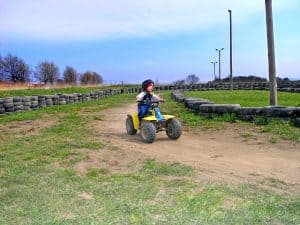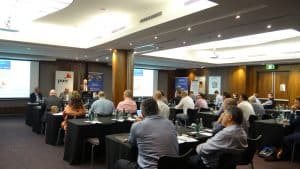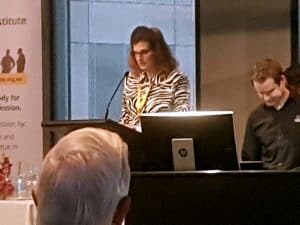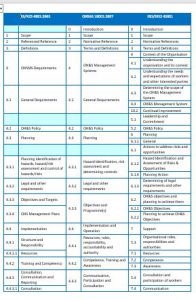 On 24 October 2017, Australia’s Ministers for Employment and Small Business announced a new taskforce led by the Australian Competition and Consumer Commission (ACCC) that will conduct an investigation into quad bike safety. What is different about this taskforce is that it is
On 24 October 2017, Australia’s Ministers for Employment and Small Business announced a new taskforce led by the Australian Competition and Consumer Commission (ACCC) that will conduct an investigation into quad bike safety. What is different about this taskforce is that it is
- a Federal taskforce,
- looking at the introduction of a “quad bike product safety standard”, and
- coordinated by the ACCC drawing on the experience of State and Federal workplace safety authorities.
Continue reading “New quad bike safety taskforce has a mid-2018 deadline”

 On 15 August 2017, the Australian Financial Review (AFR) ran
On 15 August 2017, the Australian Financial Review (AFR) ran  The latest safety management standard
The latest safety management standard  If occupational health and safety (OHS) is to include the “whole-of-life” for workers, companies, products and projects, OHS professionals need to expand their pool of knowledge to meet the demands for an inclusive organisational culture. One recent research paper supports this approach by looking at the return to work of cancer survivors.
If occupational health and safety (OHS) is to include the “whole-of-life” for workers, companies, products and projects, OHS professionals need to expand their pool of knowledge to meet the demands for an inclusive organisational culture. One recent research paper supports this approach by looking at the return to work of cancer survivors.  WorkSafe Victoria’s Executive Director, Health and Safety ,
WorkSafe Victoria’s Executive Director, Health and Safety ,  I have written before about the use of
I have written before about the use of  Following yesterday’s article on the impending international occupational health and safety (OHS) management Standard, ISO45001, some readers have asked for more details.
Following yesterday’s article on the impending international occupational health and safety (OHS) management Standard, ISO45001, some readers have asked for more details.